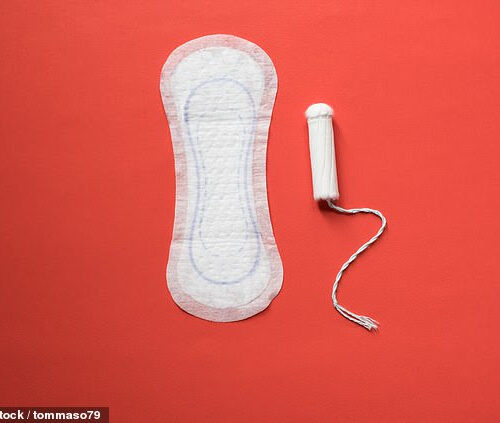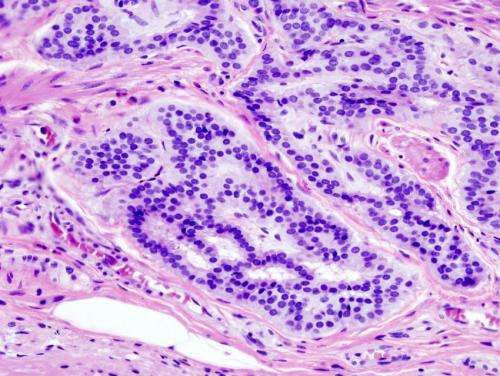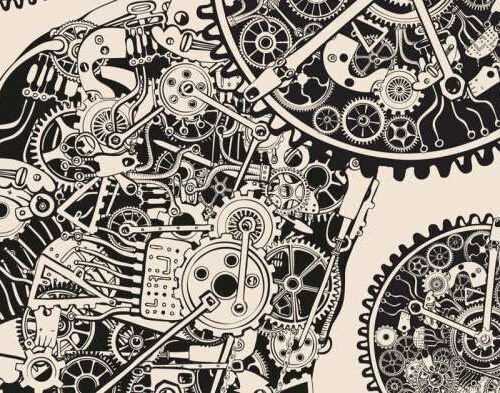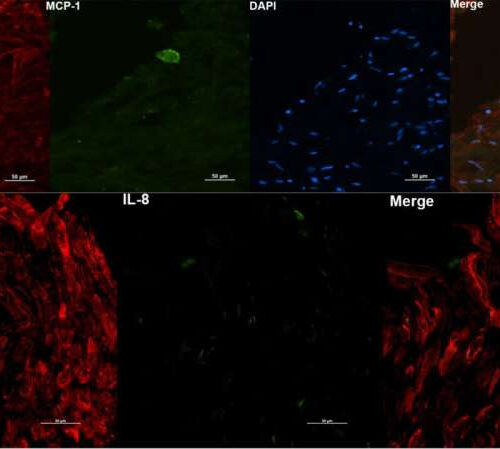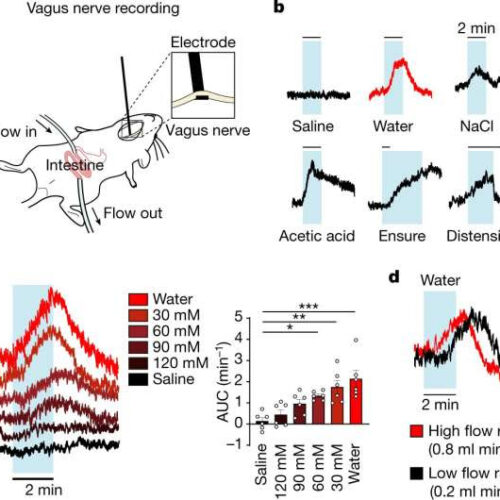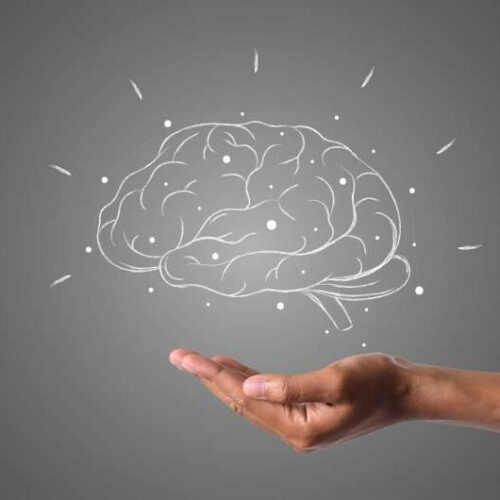By JOHN ELY SENIOR HEALTH REPORTER FOR MAILONLINE PUBLISHED: 18:30 EST, 26 January 2022 | UPDATED: 18:59 EST, 26 January 2022 Menstrual changes from Covid vaccines are only temporary and don’t leave women infertile, a leading expert insisted today. Tens of thousands of women have complained about late or unusually heavy periods after getting jabbed. Anti-vaxx campaigners have leapt on the...
Omicron antibodies persist six months after Moderna vaccine boost but are six times lower
by Sarah Avery, Duke University Credit: Pixabay/CC0 Public Domain A booster dose of Moderna’s COVID-19 vaccine showed signs of waning antibody levels against the omicron variant after six months, but the antibodies still remained effective against the variant in laboratory tests, according to a Jan. 26 study in the New England Journal of Medicine. Assessing how...
Genetic and lifestyle calculator reveals which younger adults are most at risk of colorectal cancer
by NYU Langone Health Cancer — Histopathologic image of colonic carcinoid. Credit: Wikipedia/CC BY-SA 3.0 A new risk score can identify men and women under age 50 most likely to develop a cancer of the colon or rectum, an international study shows. The score, a number between 0 and 1, is made from a calculation...
Scientists find link between antibiotics and colon cancer
by University of Aberdeen Credit: Unsplash/CC0 Public Domain Scientists from the University of Aberdeen, NHS Grampian and Queen’s University Belfast have found that antibiotic use may increase the risk of developing colon cancer, potentially more so among younger people. The study of almost 40,000 people compared antibiotic use and lifestyle factors of those who had colorectal cancer and those...
Light therapy fast-tracks healing of skin damage from cancer radiation therapy
by Marcene Robinson, University at Buffalo Previous research led by senior author Praveen Arany (pictured) found that light therapy promotes healing by activating TGF‐beta 1, a protein that controls cell growth and division by stimulating various cells involved in healing. Credit: Douglas Levere Light therapy may accelerate the healing of skin damage from radiation therapy...
Everything we see is a mash-up of the brain’s last 15 seconds of visual information
by Mauro Manassi, David Whitney, The Conversation Credit: Ryger/Shutterstock Our eyes are continuously bombarded by an enormous amount of visual information—millions of shapes, colors and ever-changing motion all around us. For the brain, this is no easy feat. On the one hand, the visual world alters continuously because of changes in light, viewpoint and other...
Could long-dead bacteria be the culprit behind lingering Lyme symptoms?
by Leslie Tate, Tulane University Identity of DRG cells responding to non-viable B. burgdorferi. DRG tissues were stained for immune mediators (green) and S100 (red). Positive staining for MCP-1 and IL-8 was seen in S100 positive cells, shown as yellow colocalizations (White arrows). Top panel is from Animal 3 tissue while the bottom panel is...
Mechanical basis for abdominal aortic embolism discovered
by NYU Tandon School of Engineering Credit: Shutterstock Abdominal aortic aneurysm (AAA) is a complex and life-threatening vascular disease with high incidence worldwide. Termed the silent killer, most AAAs are asymptomatic, often going undetected until rupture, and involve a poorly understood set of mechanical and biochemical events. Epidemiologic studies have established associations between AAA and...
How gut neurons communicate with the brain to control thirst
by Lori Dajose, California Institute of Technology Fig. 1: The vagus nerve responds to visceral osmolality changes. Credit: DOI: 10.1038/s41586-021-04359-5 Drinking a glass of water is often sufficient to quench thirst after exercising. But while the sensation of thirst may be satiated after just a few minutes of drinking, the process of rehydration actually takes...
Can brain stimulation improve memory formation?
by Graciela Gutierrez, Baylor College of Medicine Credit: Pixabay/CC0 Public Domain For some adults, the use of a responsive neurostimulation (RNS) system implanted in the brain can help lessen or control seizures related to certain types of epilepsy. The device works similar to a pacemaker but is implanted in the brain and programmed to recognize...

